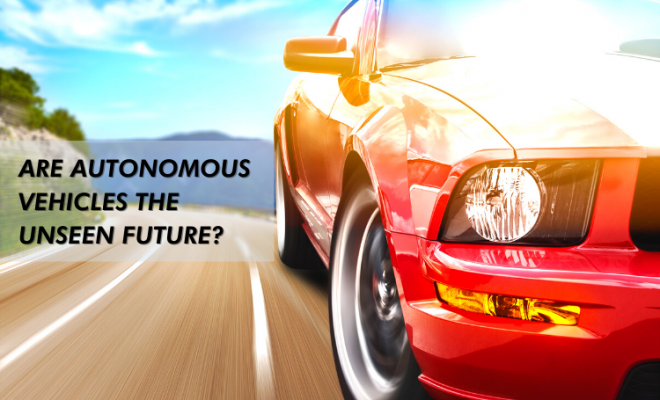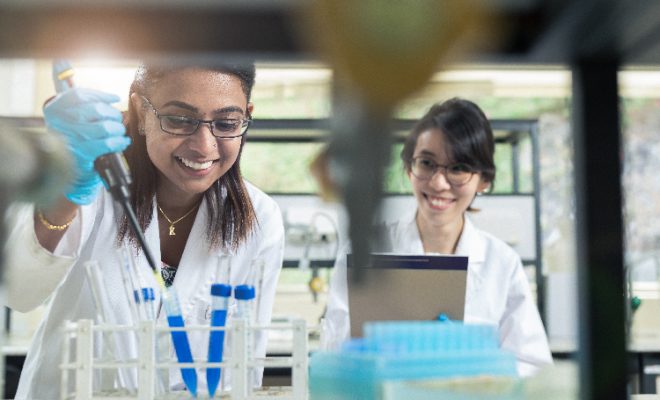Are Autonomous Vehicles the Unseen Future?

Automobile companies have been investing in the autonomous vehicle industry recently with BMW, adding a driverless self-parking feature to their model S series, to more ambitious brands such as Tesla, aiming to be the first to get their fully autonomous car on the roads. In Singapore, the government is investing into Artificial Intelligence (AI), including autonomous vehicles, with trials ongoing. So how do driverless vehicles work and how close are we to getting there?
How it works?
Firstly, there are six levels of driving automation defined by the Society of Automotive Engineers (SAE). Level 0 being ‘No driving automation’ and level 5 being fully autonomous. (SAE International, 2018)
After the driver sets a location, the vehicle will automatically proceed to its destination. The vehicle makes use of radar systems and AI to make decisions, such as, when to apply the brakes or when to accelerate. Besides radar, it also uses a Light Detection and Ranging (Lidar) system to basically create a 3D map of the vehicle’s surroundings using laser pulses. With other similar autonomous vehicles on the road, they are also capable of communicating with one another to provide information such as location of accidents and traffic jams. (Ondruš, Kolla, Vertaľ, & Šarić, 2020).
Pros and Cons
The main advantage of self-driving vehicles would be the reduction of traffic accidents. This is due to the elimination of human errors such as distractions and poor judgement. Also, with more autonomous vehicles on the road, the flow of traffic would be smoother, thus decreasing traffic congestion and the usage of fuel.
The main disadvantage, as with other tasks taken up by automation, would be the loss of jobs for humans. Taxi drivers and delivery drivers would face a huge risk to their job security.
Autonomous vehicles in Singapore

In Singapore, the government is investing heavily into technology, including autonomous vehicles, in building a ‘Smart Nation’. The National Technological University currently has a driverless shuttle bus which ferries the students across a designated route within the campus. A few companies, such as nuTonomy, have also been approved to test their vehicles in Singapore. In more recent news, a company called QIQ plans to roll out short-distance, ride-sharing cars in Singapore. It is driven manually by a driver, but the company aims for the cars to be autonomously driven to the nearest docking station after the passengers reach their destination.
Conclusion

It will be a
long way before level 5 autonomous vehicles will be at the click of a button. Waymo
and Tesla have shown that the future of self-driving cars is closer than we
think. Nonetheless, numerous testing will have to be conducted by the various
companies and accidents are bound to happen during these trials. Even with the
release of autonomous vehicles, the companies would still have to gain the
trust of the population and the laws would have to be modified to allow such
vehicles on the roads.
References
Ondruš, J., Kolla, E., Vertaľ, P., & Šarić, Ž. (2020). How Do Autonomous Cars Work? Transportation Research Procedia, 229. doi: 10.1016/j.trpro.2020.02.049
SAE International. (11 December, 2018). SAE International Releases Updated Visual Chart for Its “Levels of Driving Automation” Standard for Self-Driving Vehicles. Retrieved from SAE International: https://www.sae.org/news/press-room/2018/12/sae-international-releases-updated-visual-chart-for-its-%E2%80%9Clevels-of-driving-automation%E2%80%9D-standard-for-self-driving-vehicles [Accessed 8 Oct 2020]










